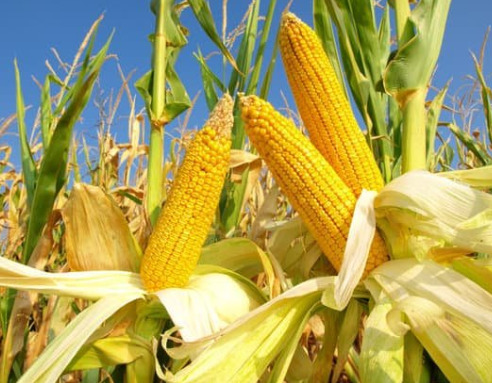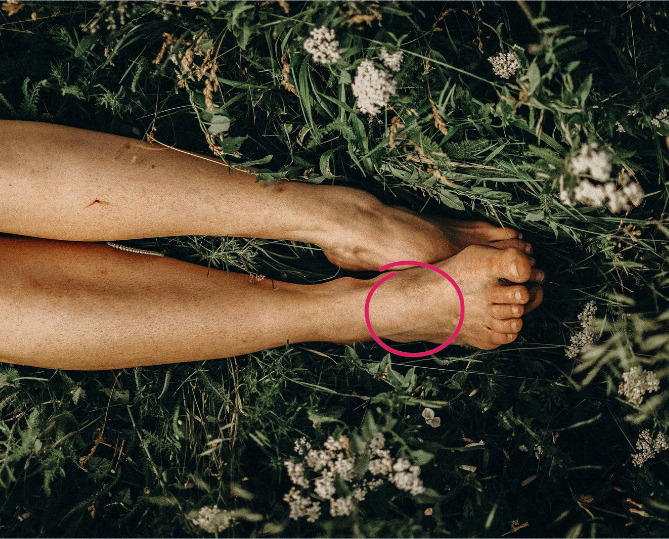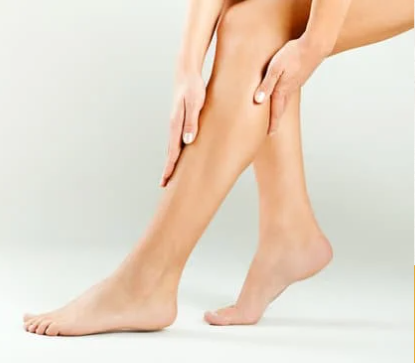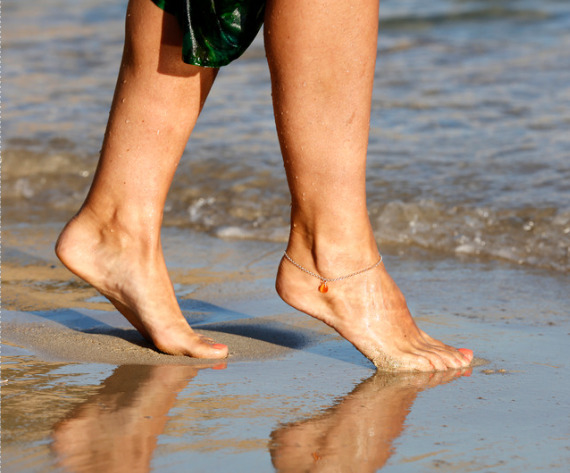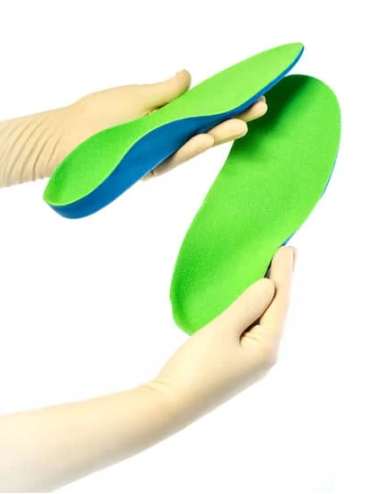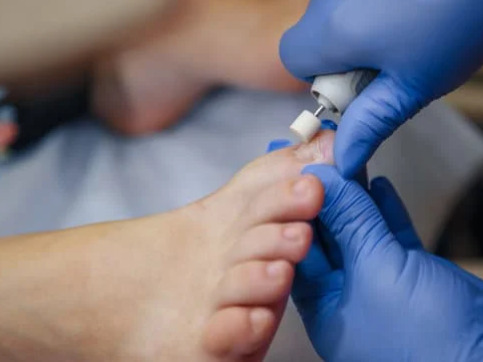Arterial Ulcer in a Vascular Compromised Foot
What is an Arterial Ulcer in a Vascular Compromised Foot? Ulcers are defined as abnormal breaks in the skin or mucous membranes. In most people, the wound will then heal up without difficulty within a week or two. However, when there is an underlying problem, the skin does not heal and the area of breakdown can […]
Arterial Ulcer in a Vascular Compromised Foot Read More »


